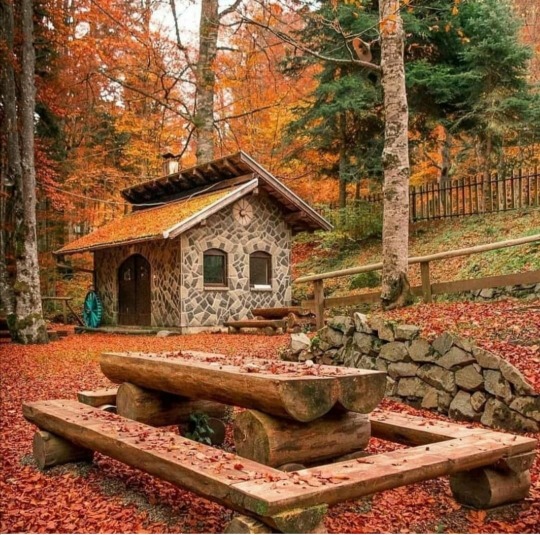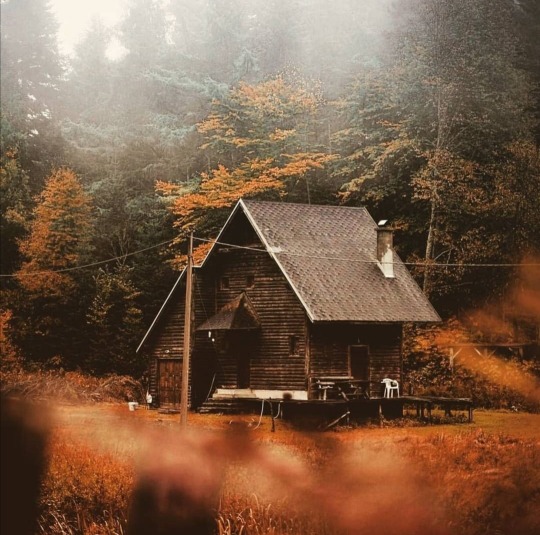Photo

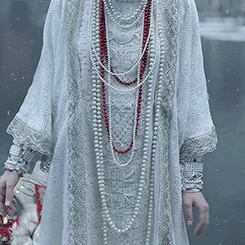


list of costumes
character: princess Miroslava (Mira);
film: He’s a Dragon (Он - дракон), 2015;
period: fairy tale / fantasy world, the costumes in the style of Medieval Russia.
5K notes
·
View notes
Text
Serbian woman in 19th century
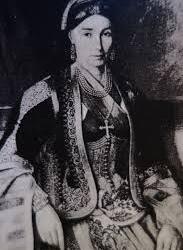
6 notes
·
View notes
Text
I remember when I met you
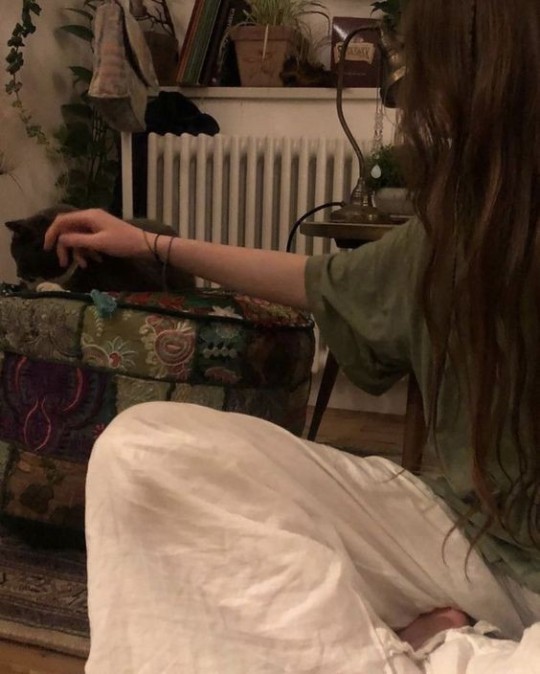

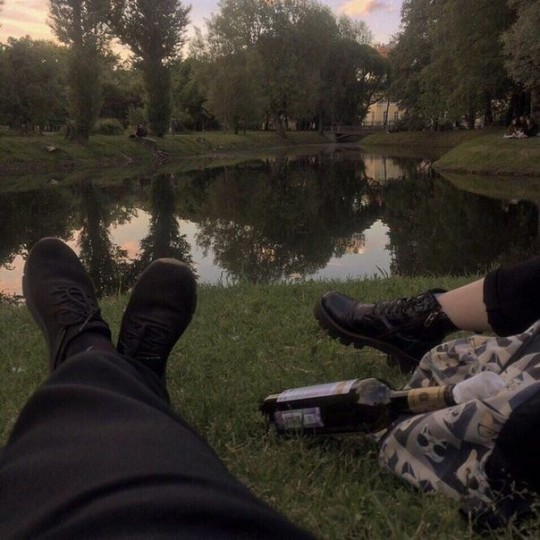
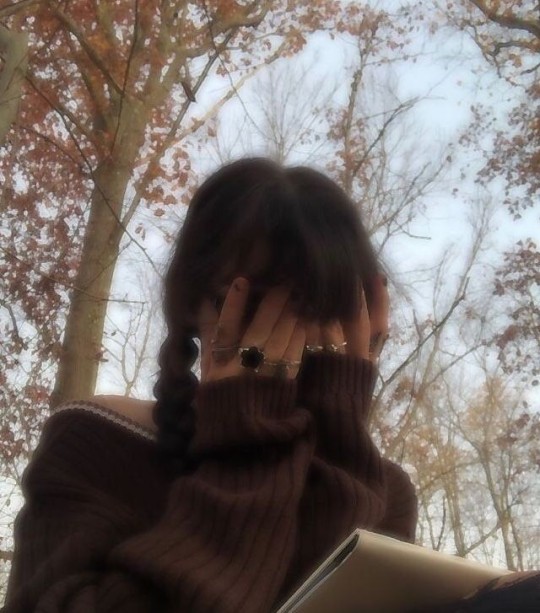



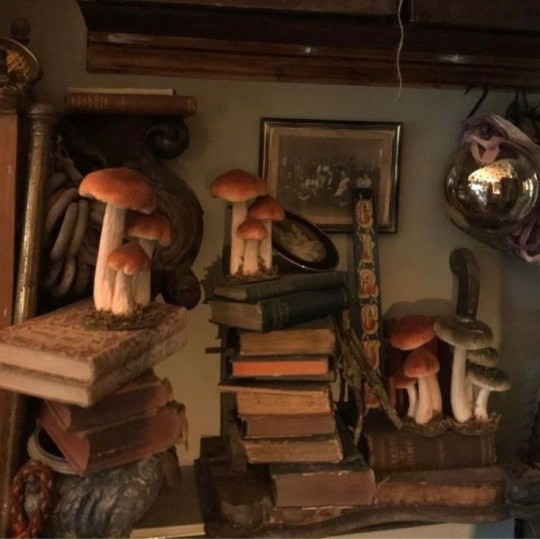

And you said you would take me home.
5K notes
·
View notes
Text




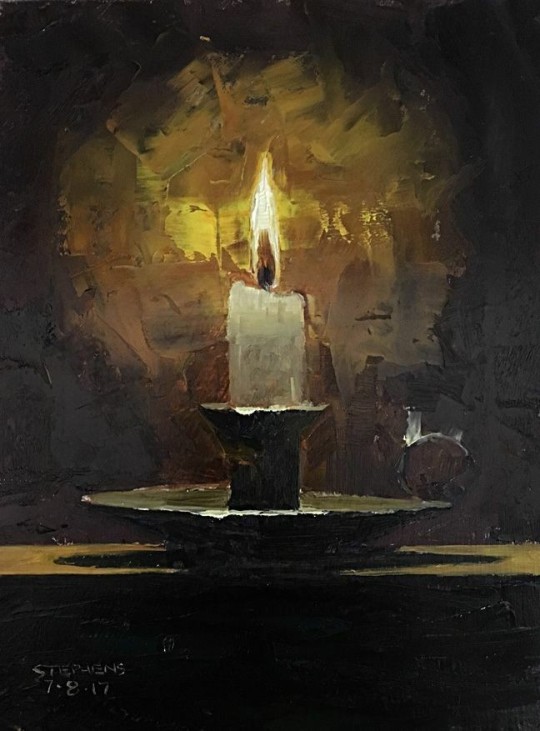

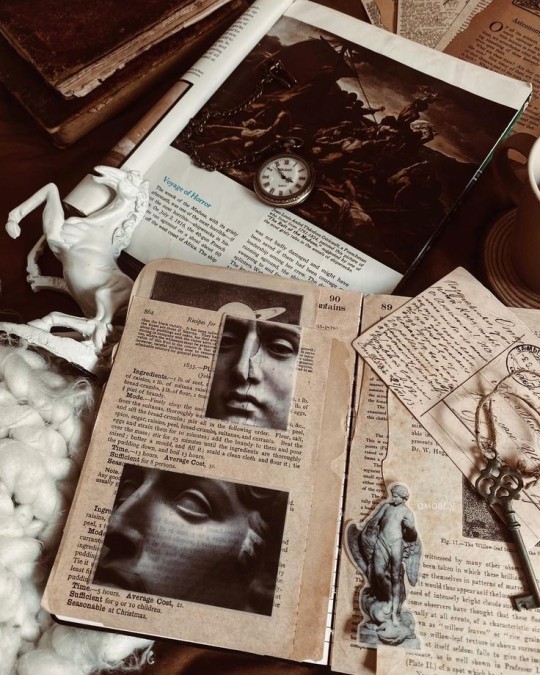

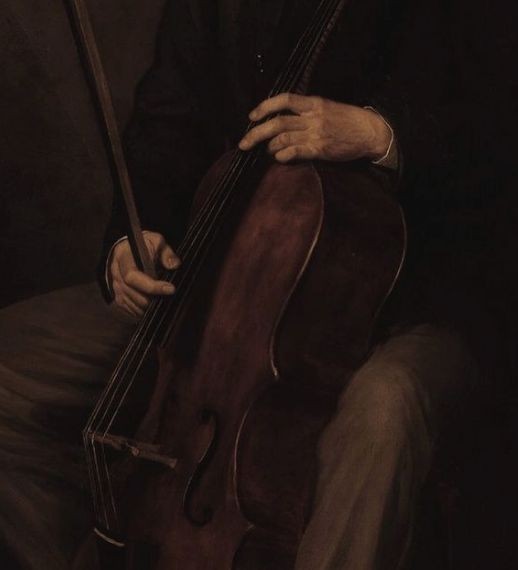
We are all starlight across dark skies for someone, even if we are indeed the darkness
5K notes
·
View notes
Text
Svarožić, the god of the Polapian Slavs, is one of the most mysterious deities of Slavic mythology. Everything we can learn about this god can be reduced to a few lines from Titmat's writings and barely a few words found on Russian monuments from the fourteenth, fifteenth and sixteenth centuries. However, even on the basis of such a small number of facts at our disposal, which contain information about the nature of Svarožić, we can conclude a lot about this deity, as well as about Slavic spirituality in general. What can we learn by reading the writings of the chronicler Titmar? Describing Radgost's temple in Retra, Titmar mentions images of gods located inside the temple, and among these images, the most impressive is the depiction of a deity called Svarozic. Titmar calls Svarožić the first of the gods depicted, the god most respected by the Retrians. This deity is depicted with a helmet on his head, a sword and a picture of a black bull on his chest. We see that this is a warrior deity, which, in addition to weapons and warrior equipment, also had its own flag, which also stood in Radgost's temple in Retra. The flags of all the gods depicted were kept in the temple until the moment when the Retrians went to war. Then the flags would be taken out of the temple and carried into battle, presumably to provide the Retrians with divine help in the coming battle. Russian monuments from the fourteenth, fifteenth and sixteenth centuries describe Svarozic in a completely different way. It is not mentioned here that it is about any warrior deity, but Svarožić is defined as a deity of fire. The Slavs "pray to the fire and call it Svarozic" says a source from the sixteenth century, while a somewhat older source states that the fires among the Russians are called Svarozic. Based on this, we can conclude that Svarožić, like Simargl, was a deity of fire, while his warrior characteristics are related, above all, to the warrior mentality of our ancestors, the ancient Slavs. Because as we know, rarely a Slavic deity did not have warrior characteristics, even female deities were in some way connected with the war (remember the image of Ziva on a warrior flag or the legendary bird Mater Sva from Veles' book).The etymological analysis of Svarožić's name will strengthen our thesis according to which Svarožić is defined as a fiery deity. Namely, the same root of the word that is in Svarog's and Svarožić's name is in the Russian word svarit which means "forge" as well as in the Romanian word sfarog whose meaning is "fried". Also, the study of family ties among the Slavic gods will bring us a handful of information about Svarožić's fiery nature. This deity, as we know, is called Svarog's son, which is what his name says because the suffix -ić is related, above all, to his origin and family affiliation. In the Serbian language, the most common surnames end in -ić, so we have the Marković family, whose oldest ancestor is Marko, the Petrović family and their ancestor Petra, and Ivanović, Janković, Jovanović, etc. Svarožić is, therefore, the son of Svarog, the god of heavenly fire when many consider him a heavenly blacksmith, that is, the Slavic Hephaestus. Svarozic's brothers are Dajbog, Horz and Simargl, who sometimes call themselves Svarozic.
Now we come to a specific characteristic of the Slavic spiritual system which is manifested in the fact that the most important Slavic deities are of a fiery nature. Namely, the Slavic principle is often emphasized in Slavic spirituality, while the Slavs themselves are called admirers of fire. Veles' book calls the Slavs Dazhbog's grandchildren, while Russian monuments state that the Slavs worship fires, that is. They'll fight. The holy drink of the Slavs is surica, a drink inextricably linked to the sun and solar energy. All this tells us that the Slavs kept the Vedic cult of fire in their religious system, which was transferred from their Aryan ancestral homeland to the new Slavic homeland.
From all this we can conclude that the most important function of Svarožić is the one that defines him as a deity of fire. Its nature is, therefore, bright and solar, which is a feature of most Slavic deities. Spasoje Vasiljev, moreover, considers Svarozic to be the sun god himself, thus emphasizing his solar nature. Through studying and analyzing Svarožić's nature, we can learn a lot about Slavic spirituality in general, because the fact that Slavs respected Svarožić tells us a lot about the basic features of the old Slavic religion. Whether the Svarožićs were holy fires or the fire gods themselves, we can freely conclude that the Slavs were the legitimate heirs of the ancient Vedas whose faith was based on respect for light and fire as the supreme physical and spiritual principle. Evidence of the connection between the Slavs and the Vedas can be found in the most important Aryan scripture - Manu's Code. Apart from the similarity of this code with the code of the Serbian emperor Dusan, in this document we can also find information that one of the six Aryan rulers - Manu, was none other than Svarozic.

#eastern europe#slavic folklore#slavic mythology#slavic#slavic culture#slavic art#slavic paganism#mythology#rodnovery#religion
33 notes
·
View notes
Text
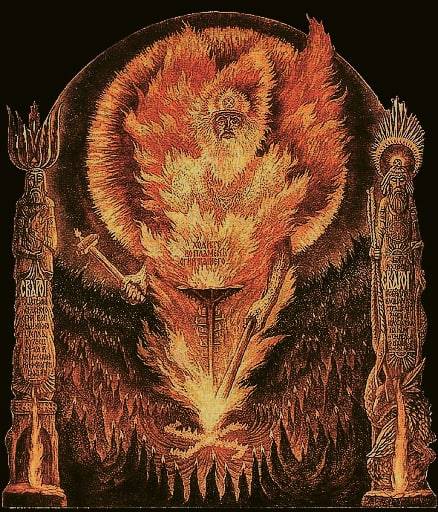
New Sun has arrived and is shining above us.
Слава роду!
173 notes
·
View notes
Photo

Marian Wawrzeniecki- The Victim In A Slavic Barrow
via
278 notes
·
View notes
Text
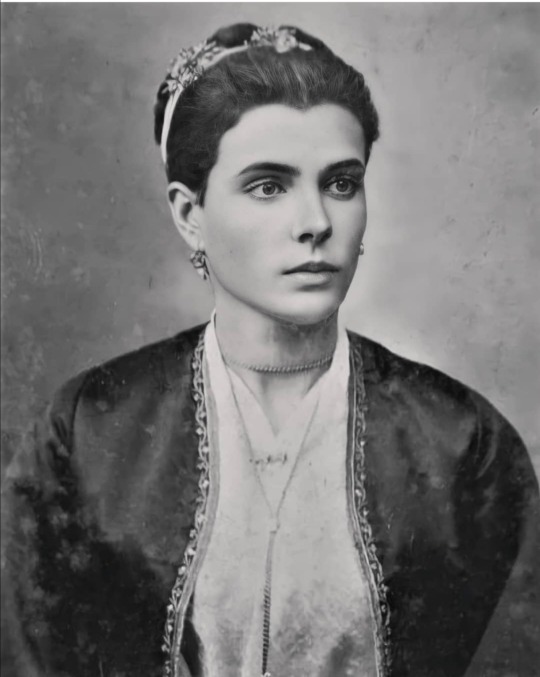
◾Serbian girl from Niš in traditional city clothes 🇷🇸
◾Time : 19th century
◾Place : Niš, South Serbia.
◾Photographer: K. Nedeljković
137 notes
·
View notes
Text
Lesnik (leshy) - the forest spirit
Lesnik was imagined as an anthropomorphic creature, but with the head of a horned animal, usually dressed in fur. It is often imagined with hooves. Lesnik is kind to shepherds and keeps their cattle. He is also the protector of wild animals, so there is a seeming contradiction in his function, because according to tradition, domestic and wild animals are traditional enemies.
It was believed that someone had to solve antagonistic problems. This role was later transferred to Saint Sava, who was the protector of domestic cattle, but at the same time a wolf shepherd. Lesnik could also appear in a completely human form, except that he would not have eyelashes or would have only one eye. According to folklore, Lesnik lives in every major forest. They often kidnap beautiful women and take them to their fur-covered huts. They often make girls play a circle around them. According to some beliefs, the Lesnik is all overgrown with fleece. The bear is his pet and they are often together. It was once imagined as a shepherd whose flock consists of deer, hinds and rabbits, and is guarded by wolves and lynxes. There is a belief that the Lesnik has no shade. They announce their arrival with noise. They also play the flute beautifully.
Lesniks are among the oldest fairy creatures. Older than them are perhaps only water demons and ghosts. The appearance of beings like lesniks is not unique to Slavs, it is pan-European. Almost all peoples in Europe had a creature that had characteristics similar to a hazelnut. In some nations it was the forest spirit, as in the Slavs, while in some it was some of the gods. Thus, various names appear in Europe, such as Pan, Satyr, Silenus, Faun, Silvanus, Dionysus, in whose characteristics it is not difficult to see the similarity with the Slavic Lesnik. The fact that before the Slavs began to build temples, rituals took place in forests and groves testifies to the fact that Lesniks are one of the first fairy creatures. There was great respect for forests, and many plants and trees were sacred. Many supernatural powers have been attributed to these plants and trees. Lesnici is mentioned in almost all writings about Slavs. They appear in the Capitol of Paderborn, as well as in the Letter on Igor's Regiment.
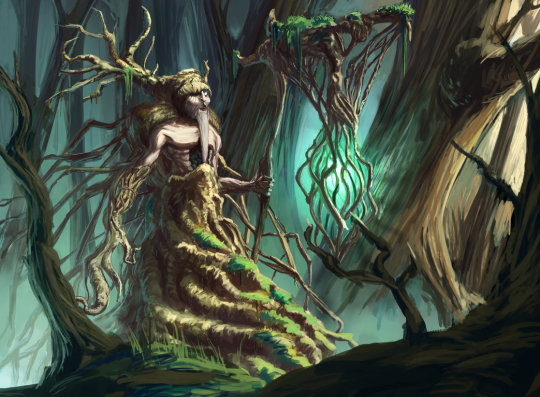
#rodnovery#paganism#leshy#witchcraft#slavic paganism#slavic#slavic culture#slavic mythology#religion
67 notes
·
View notes
Text
Rodnovery is not a racist movement. Anyone inside Rodnovery who believes in Slavic purity is ignoring how diverse the early Slavs were.
Slavs throughout history were peppered with separate tribes and ethnic groups, and were known to assimilate other groups that migrated into Europe to the point that the distinction between Slavs on a basis of ethnicity had no meaning.
The view that Rodnovery allows no ethnic outsiders has no basis in history in the example of Prince Sviatoslav. He was ethnically descended from Scandinavian Varangian stock, so if those who claim that only ethnic Slavs can be Rodnovers then they are, if maintaining philosophical consistency, excluding Sviatoslav who swore oaths to Perun and worshipped alongside his Slavic druzhina. The man was Grand Prince of Kiev and “Slav” is literally in his fucking name y’all.
Exclusion on grounds of race or ethnicity has no historical or ethical basis.
65 notes
·
View notes
